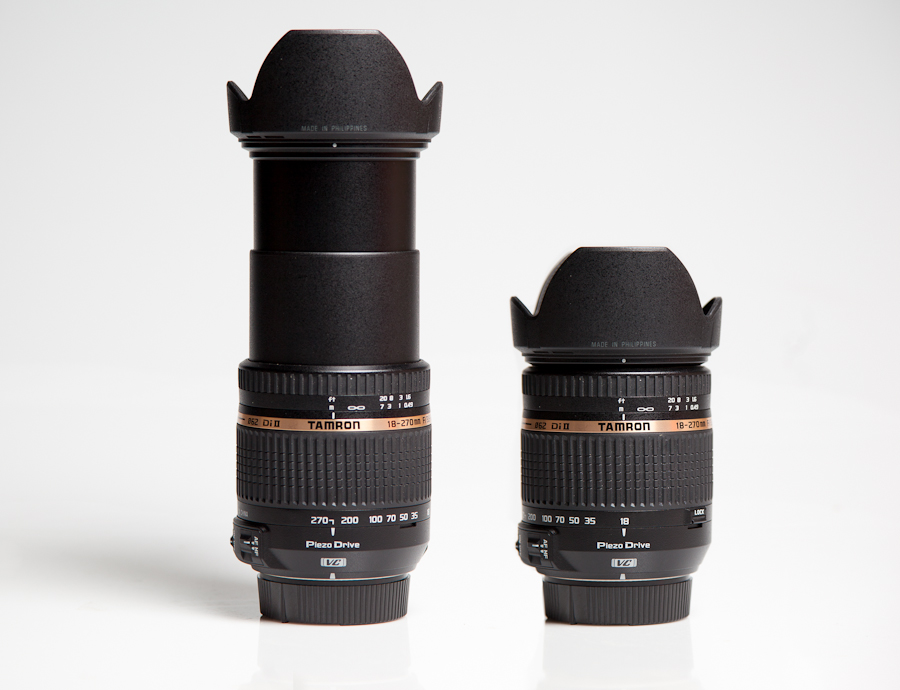So your significant other has just pitched the idea… “Why don’t we take the kids to the zoo this Saturday?” You can think of 10,000 places you would rather be. You might even cave and suggest Ikea instead (I can think of no worse place in the world than Ikea on a Saturday). The kids over hear this suggestion, there’s no turning back now. You’re going to the zoo! With the rest of the city! On a sweltering day in the middle of summer! Clean out that minivan and load ‘er up. The stoller is packed, water bottles for all, the diaper changing bag is over-flowing, oh yeah, and don’t forget the camera!
Note: I don’t have kids, but this is how I imagine it goes… and I have been to Ikea on a Saturday.
Oh the camera… strategic packing time. We need some wide shots of the family, but some close-ups of the animals… conundrum. I’ve got more bags than a pack-mule headed to Mt. Everest. One of these options seems more appealing right now:
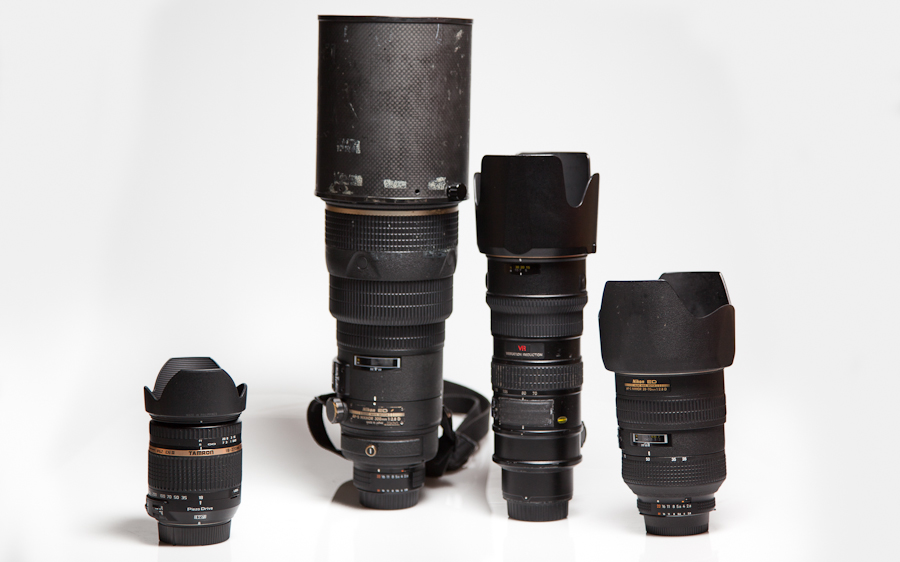
One lens please! And so we’re off with the 18-270mm F/3.5-6.3 DiII VC from Tamron on our Nikon D2X and Nikon D800 (in DX crop mode). The image below gives a size comparison of the 270mm reach and the more compact 18mm reach.
The Reach
Oh the reach. It’s what everyone dreams for in their perfect lens. Wide-angle, right through to a nice long telephoto, all in a small, easy to carry package. We’d also dream for it to be F/2.8 or better. One company does make such a lens for the motion picture world, the Angenieux Optimo 24-290mm F/2.5, but at the price (and size) of a small house and weighing in at 22lbs, it’s not quite practical for the photography world.
The Tamron features an 18-270mm zoom range, equivalent to 27-405mm in the 35mm world, on our Nikon DX cameras.
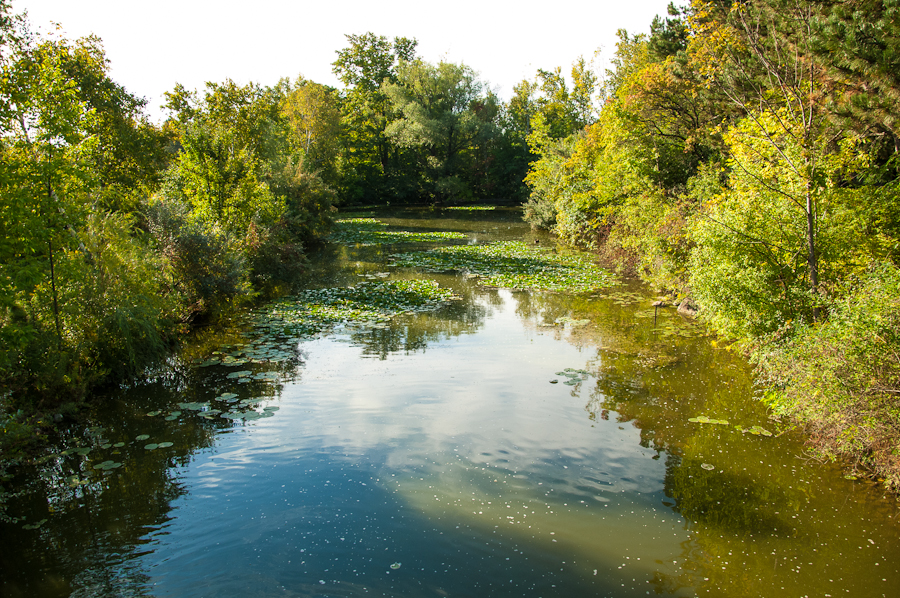
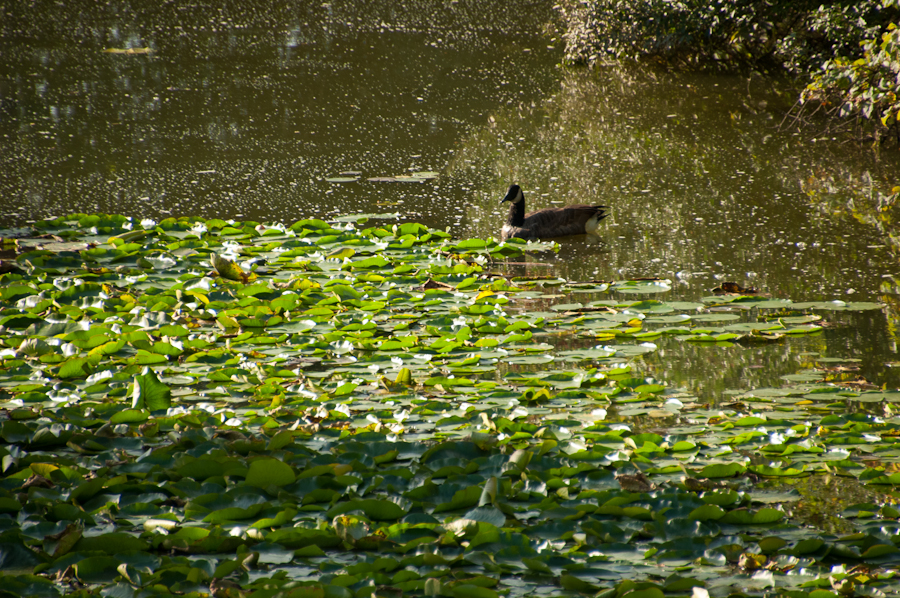
I came upon this Rhinoceros who couldn’t be bothered with me. Looks like he had a bit of a party last night. From roughly 15 feet, and through 2 fences, he did have some great detail to capture. First we have an 18mm shot to give a sense of the scene we’re dealing with. Getting through those fences might be a bit tough, but let’s give it a try.
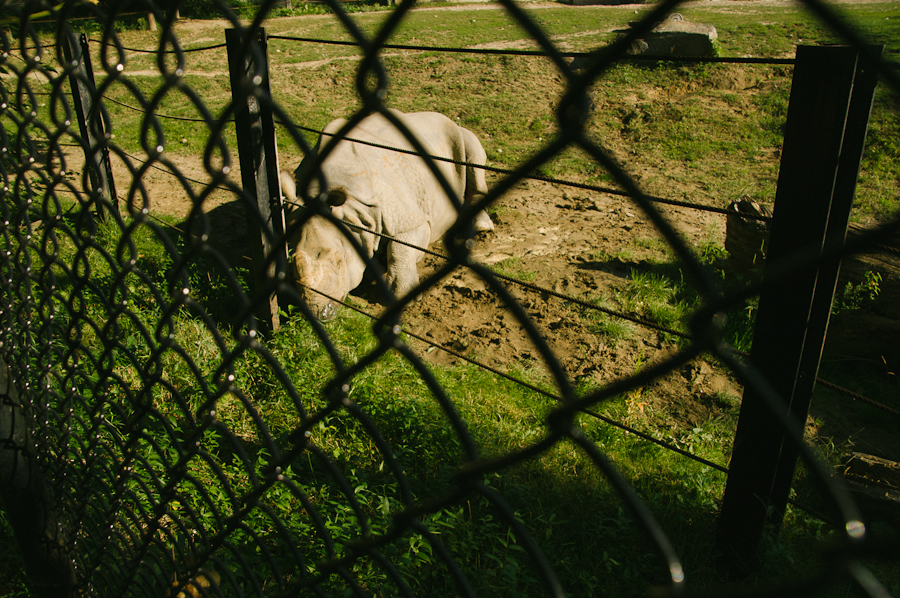
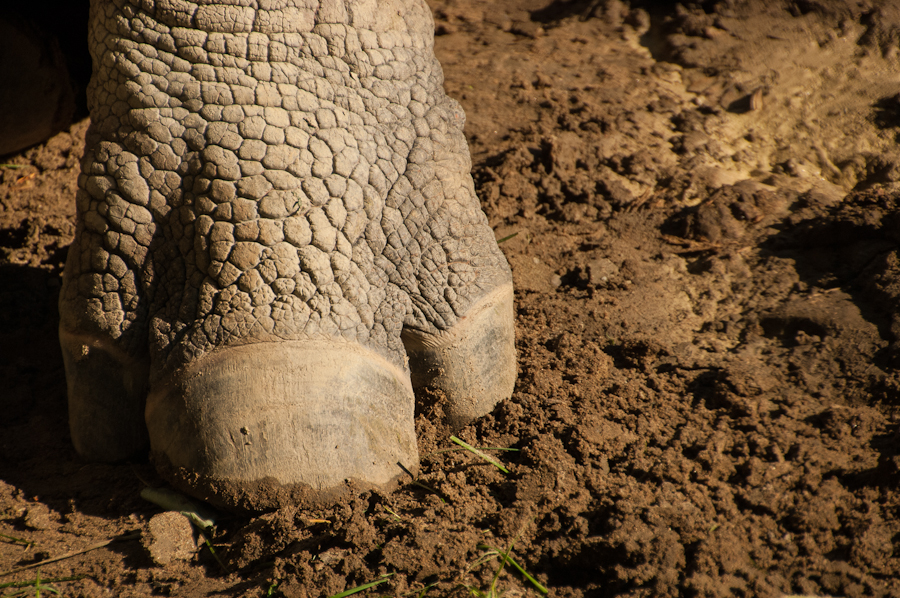
By using the amazing 270mm reach, coupled with the close focusing abilities of the lens, we’re able to render the fences completely out of focus and get exceptional textures from the Rhino.
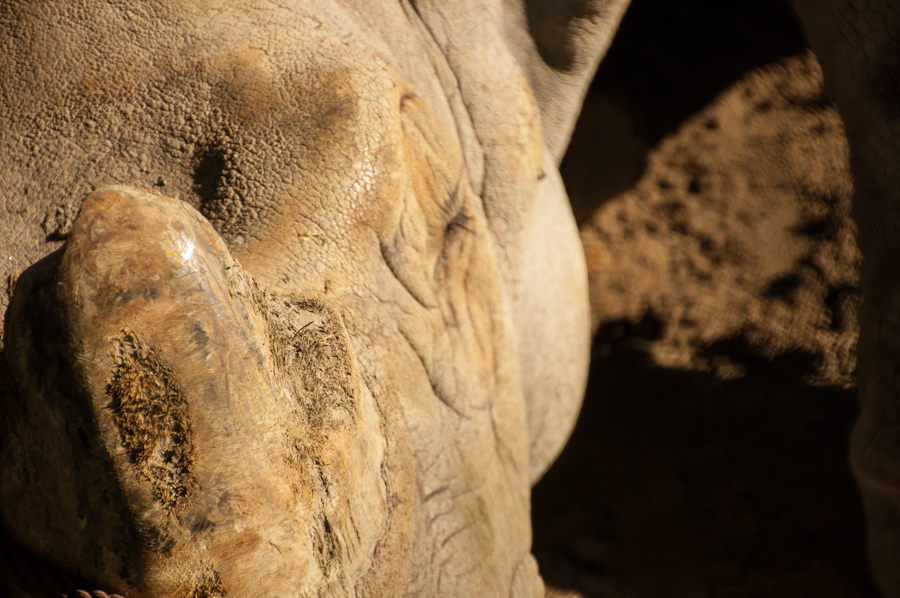
Here we’ll take it through the full zoom-range at the Elephant enclosure. 18mm, 35mm, 85mm, 270mm. Great performance throughout the range, maintaining sharpness throughout. Also note, the sun was creeping into the frame on the 18mm photo, but flare is definitely under control here.
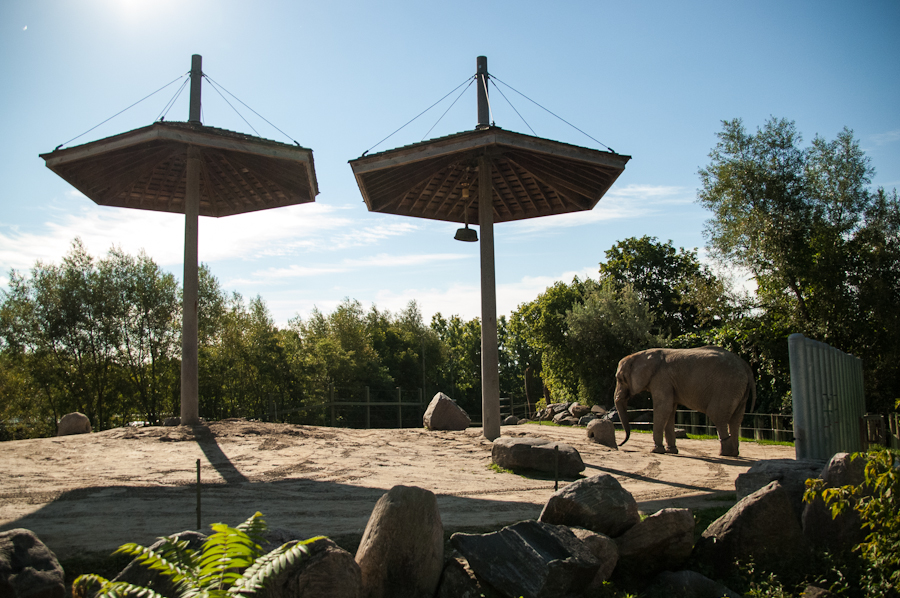
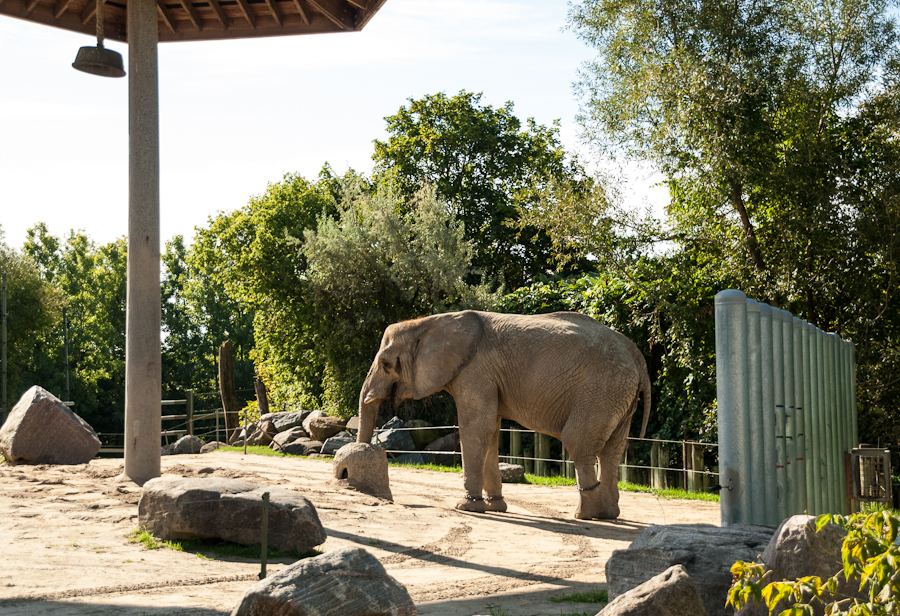
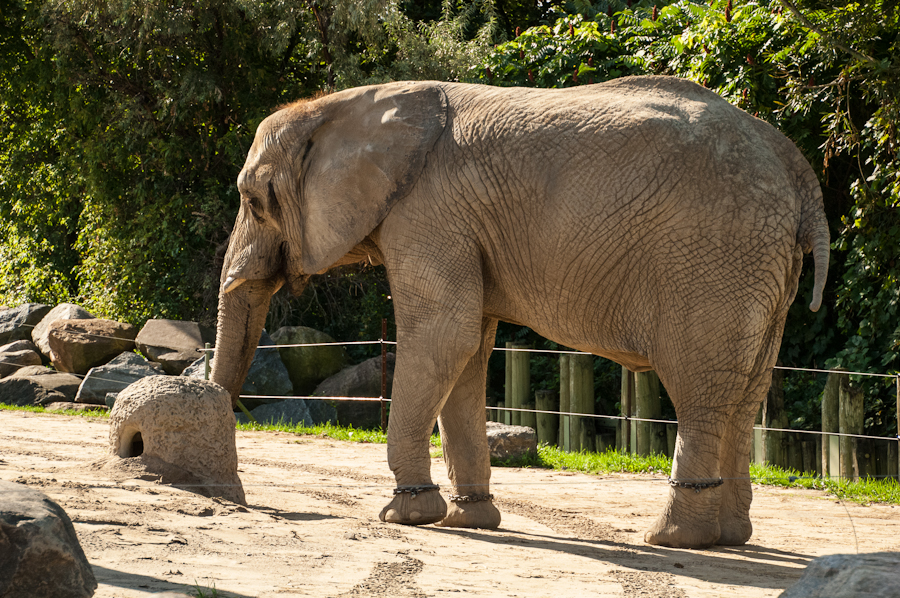
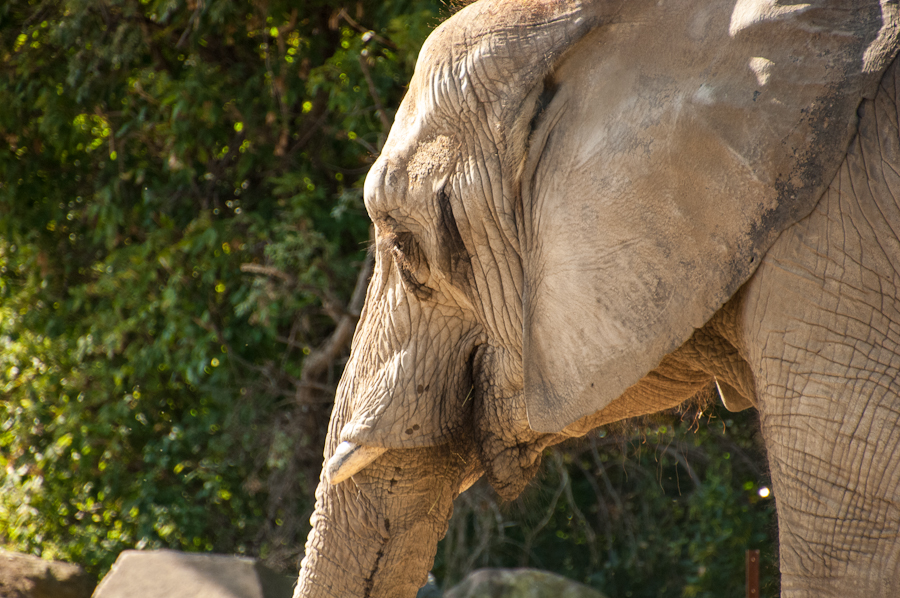
Over to the arctic wolf pen. Here is a wide shot from the bench I stood on to get over those pesky fences. This is a direct zoom on the centre of the frame. 18mm on top, and 270mm on the bottom. The bottom photo then had a 20% crop applied, resulting in a great image that could easily print 20×30 inches.
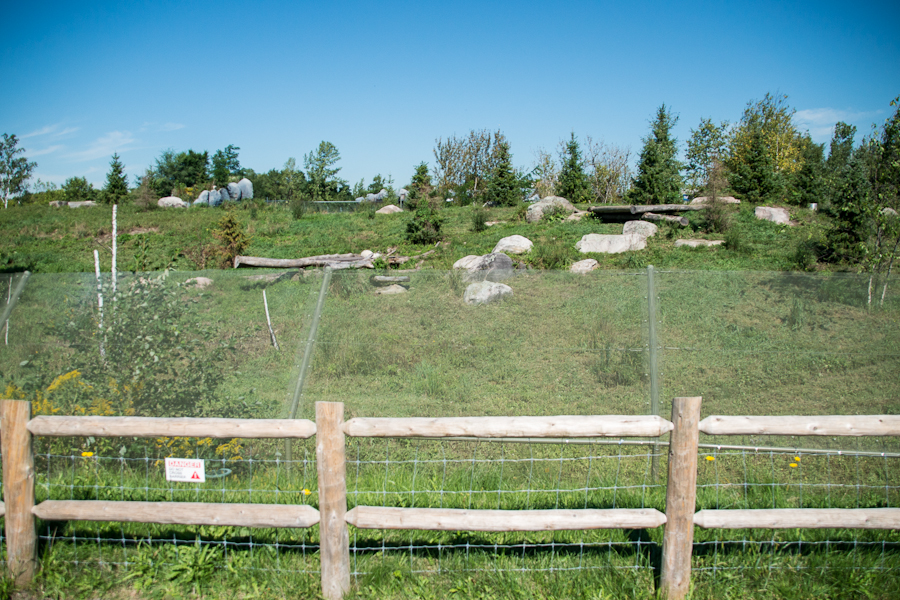
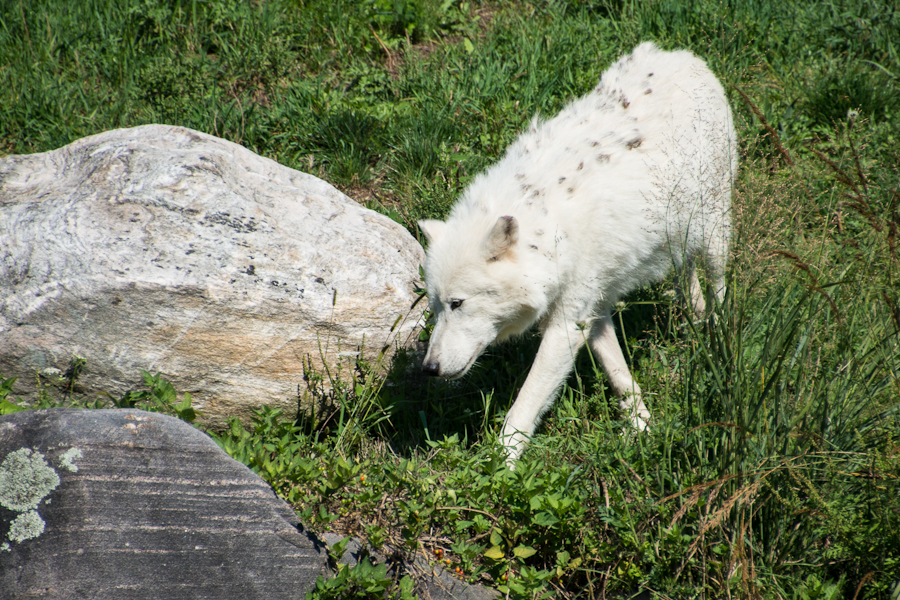
Colour, Sharpness, Contrast and Vignetting
The Tamron is an excellent performer in most of these categories as an all-in-one.
Color – Great colour reproduction in all of the scenes during the day. I used my standard contrast and vibrance settings in Adobe Lightroom 4, necessary when shooting RAW photos.
Sharpness – Throughout the zoom and focus range, the Tamron held solid sharpness. I did find the wide end to be sharper than the telephoto, but only when looking at the photos 1:1.
Contrast – The Tamron did a fine job handling contrasty scenes, moving smoothly from light to dark edges. I did find one image from the day with noticeable chromatic abberation, but it was easily corrected in Lightroom.
Vignetting – Vignetting on a DX frame was noticeable in some photos. Unlike some other digital APS-C specific lenses, at no point does the Tamron 18-270 cover an entire 35mm image circle. This means you cannot put the lens on a full frame camera (such as the D800) and simply zoom past the vignetting.
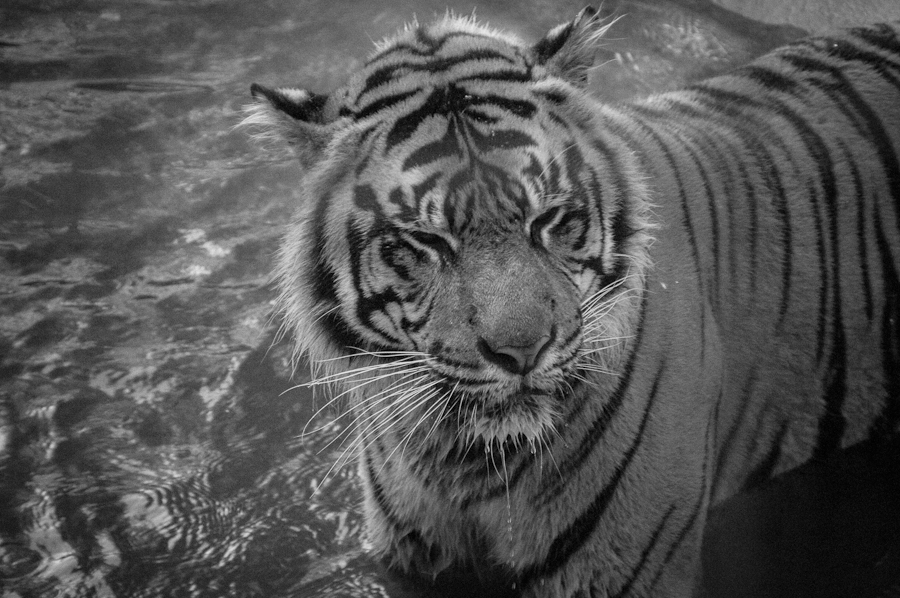
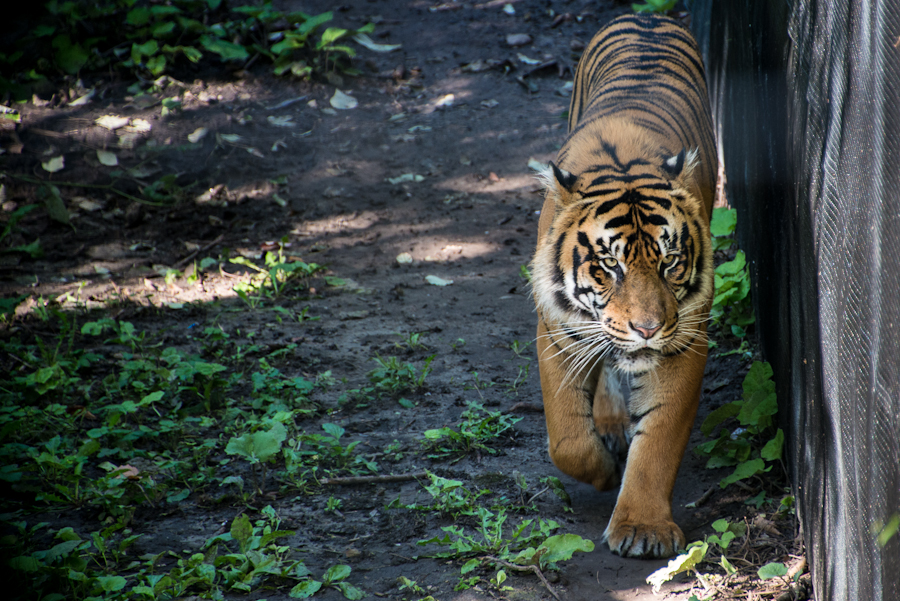
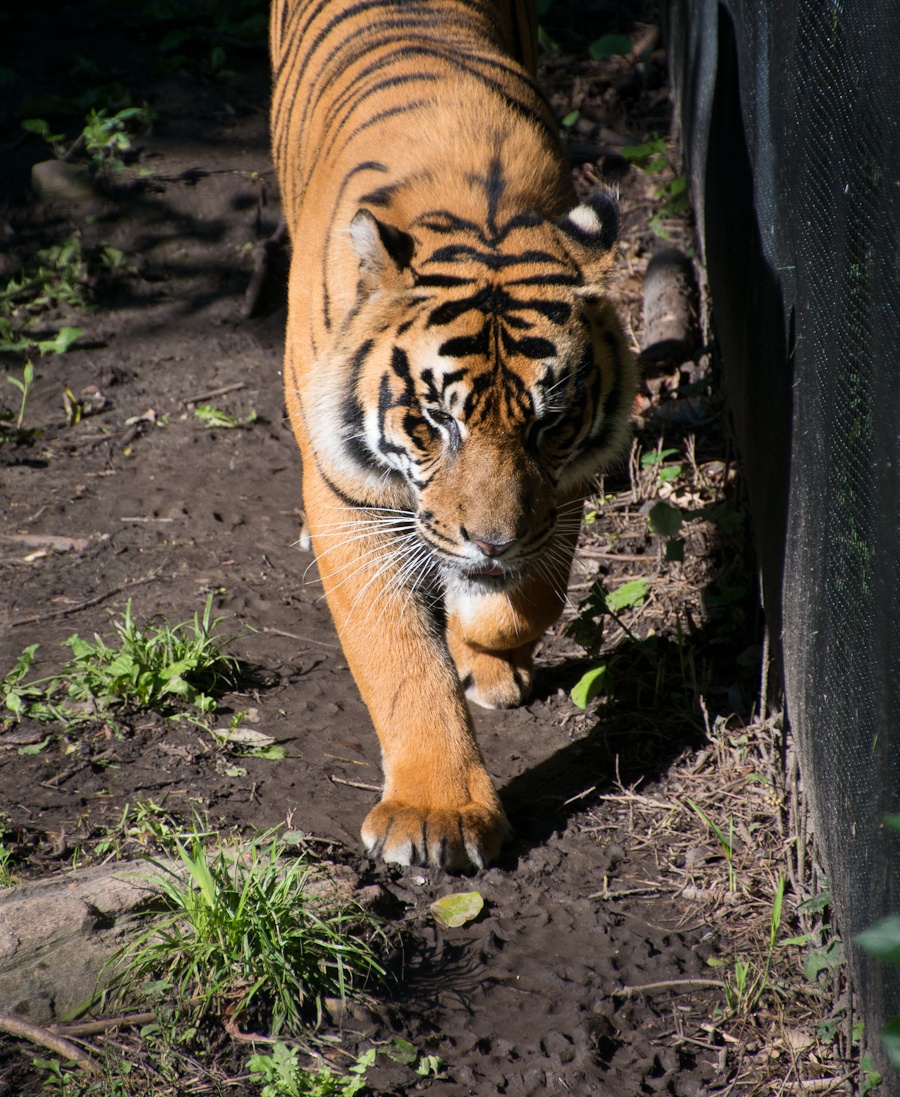
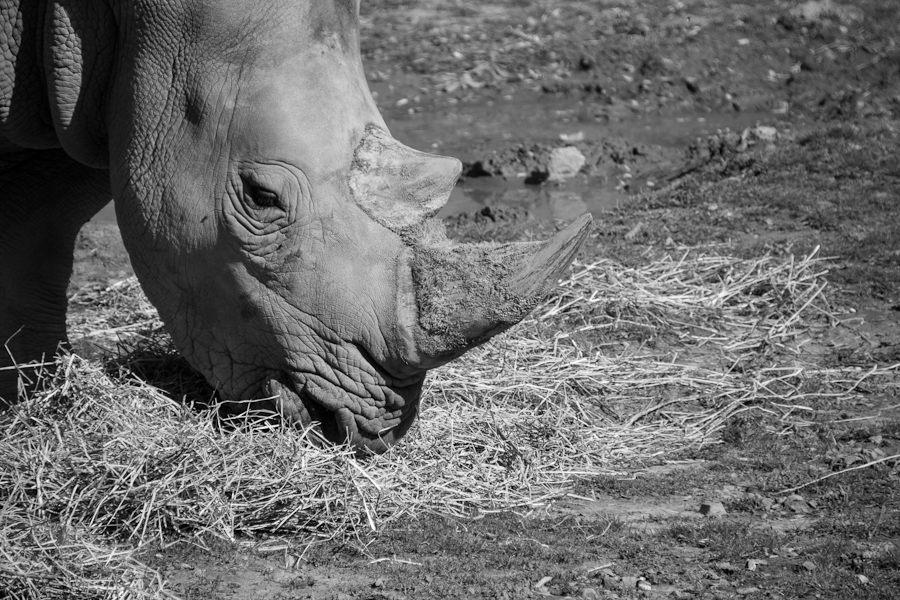

Autofocus and Manual Focus
Tamron features the Piezo drive autofocus system. Piezo drive is based on the ultra-sonic drive system, however it is not so silent, but faster than the traditional USD. The lens was quick to move from one side of the focus scale to the other. While this is a blessing with such a large zoom range, it’s also a curse. When looking to manual focus this lens, it’s near-impossible to move between distances. The entire focus throw is approximately 1.5 inches on the barrel, going from 1.6ft to 20ft within an inch. My other gripe is the lack of ability to over-ride the focus ring when needed. You need to use the external switch, set it to manual focus, focus the lens, and go back into autofocus. Unfortunate. On the upside, the Tamron does feature internal focusing, meaning the front barrel does not rotate, allowing for the use of circular polarizers or ND graduated filters for the landscape photographers.
USD – Ultrasonic Silent Drive ( USD) is an ingeniously upgraded auto-focus-drive system developed by Tamron to deliver the extraordinary auto-focusing (AF) speed and precision needed to capture every nuance of high-speed sports action.
Piezo Drive – The Tamron Piezo Drive is an ultrasonic motor which functions on a standing wave principle as opposed to the traveling wave basis used by most other ultrasonic lenses. A standing wave motor allows for an exceptionally compact lens construction and distinguishes with its precise, fast and silent autofocus.
This image was a great test of autofocus, as I had to shoot through a sheet of Plexiglass with the lions in the shade. The decreased sharpness and object in front of the lens could have played havoc on some lenses, but the Tamron was able to lock on and follow the lions playing with eachother.

Moving up above the enclosure for a clear line of sight, I was able to shoot at 270mm and had the chance to test focus tracking as these two lions chased each other around the enclosure. I had about a 90% success rate in a burst of photos.
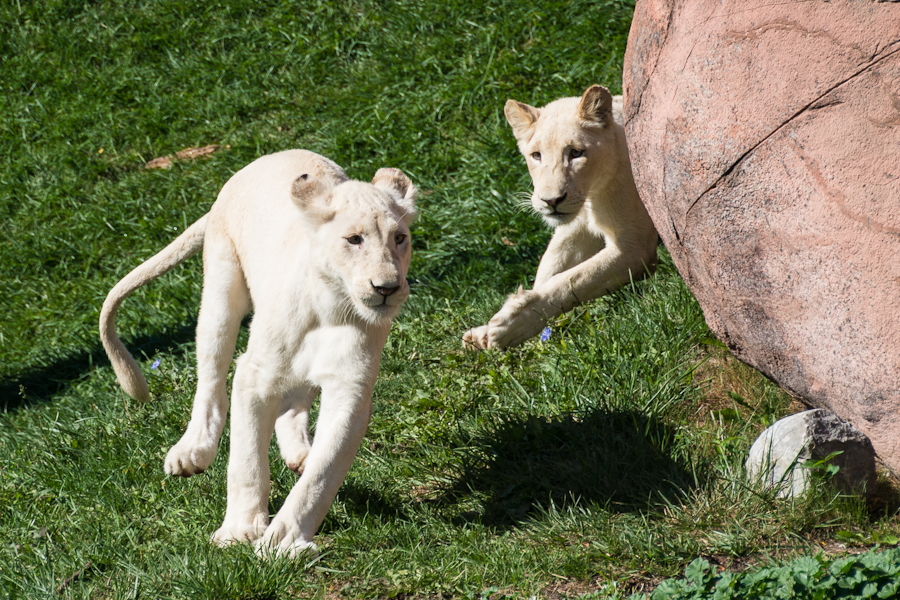

Lens Flare
Great performance in this scene. A slight bit of flare in the upper right, but well controlled for the lens. The nice star burst from the sun shooting at F/16 is always welcome.
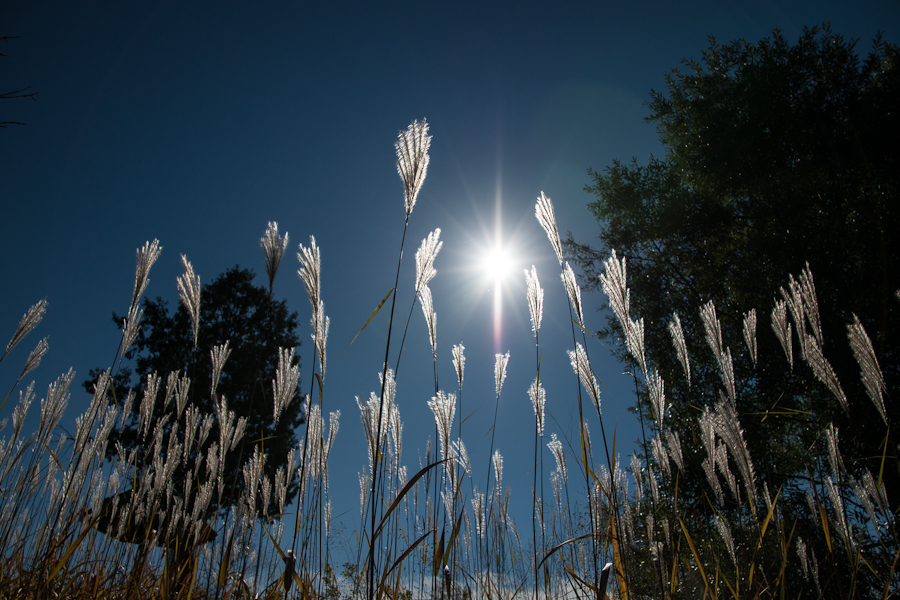
Macro Abilities
The Tamron 18-270mm, while not designated as a macro lens, is capable of focusing to 19.3″. Coupled with the 270mm of the lens, this does get us into near-macro territory of 1:3.8. Handholding a 270mm macro, however, is almost impossible. The slightest movement (even breathing in and out) will throw your focus off entirely. I’d recommend attempting this with a tripod, but photos of medium sized flowers are certainly achievable. I would switch to a true 1:1 macro for anything smaller than a tulip though.

Indoors – VC and Aperture
Indoor performance is tough with the Tamron due to the nature of the lens. The F/3.5-6.3 aperture makes it difficult to shoot in low-light conditions without cranking up the ISO or utilizing the VC. The problem is, the VC will only help for stationary subjects. Any animals jumping around in their cages and I didn’t have a chance unless I used flashes, which I was trying to avoid for this test.
For stationary subjects, the VC performed admirably. The snake shot below was 1/50 at F/6.3 at 185mm. I was certainly able to throw the 1/focal length = shutter speed rule out the window on this one, and walk away with a nice sharp photo.
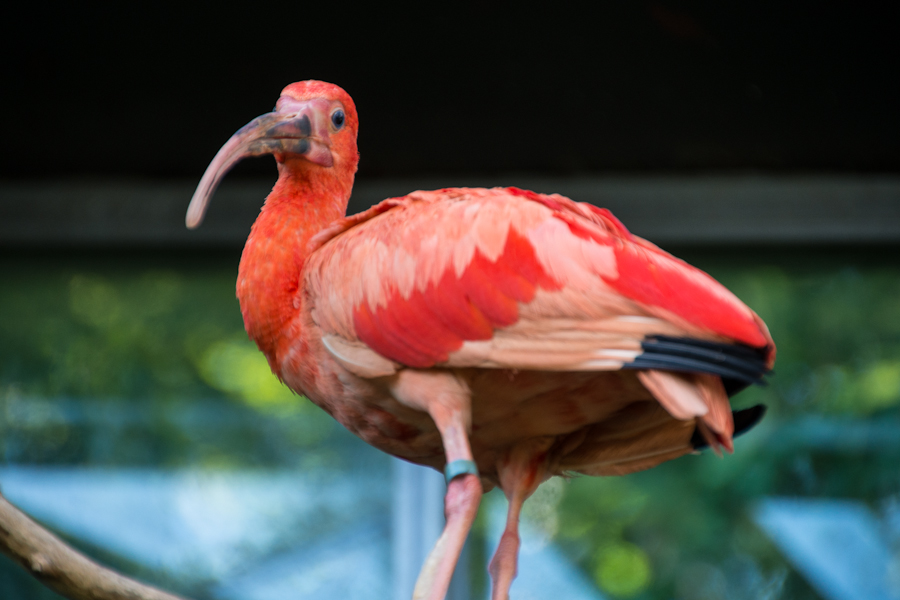
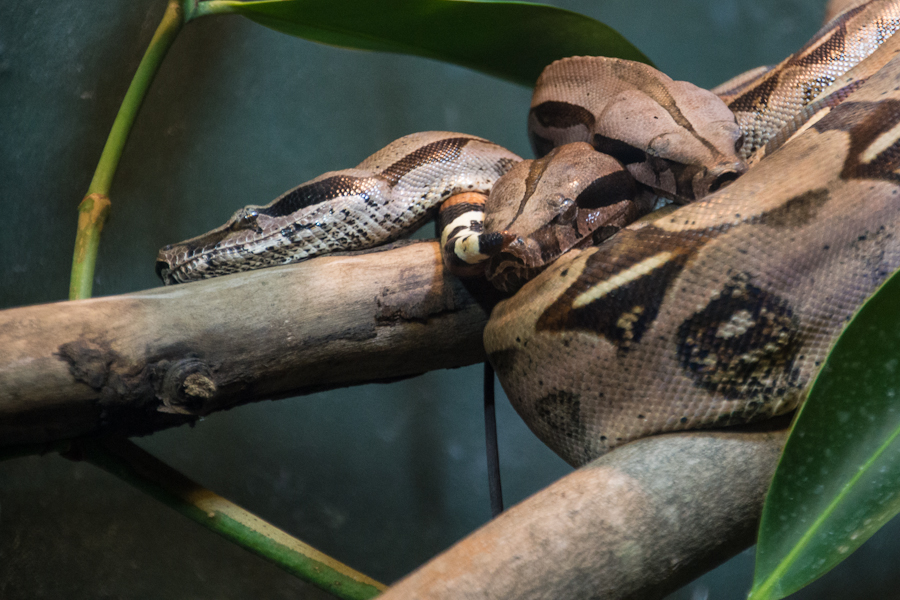
Additional Photos
Because how can you not love photos of polar bears?
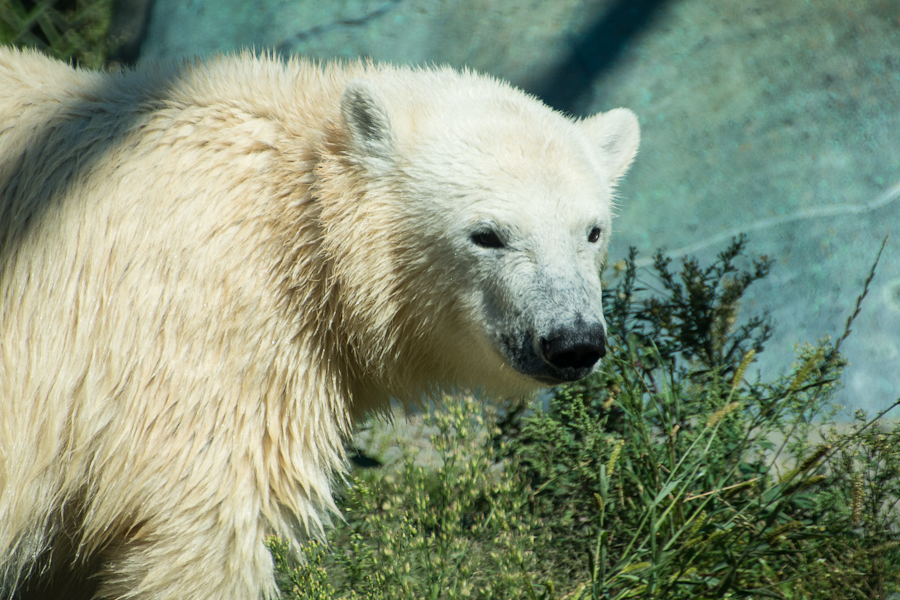

The lens was able to handle this contrasty scene below quite nicely, and pick out the father and sun walking and track them coming towards the camera along the pathway.
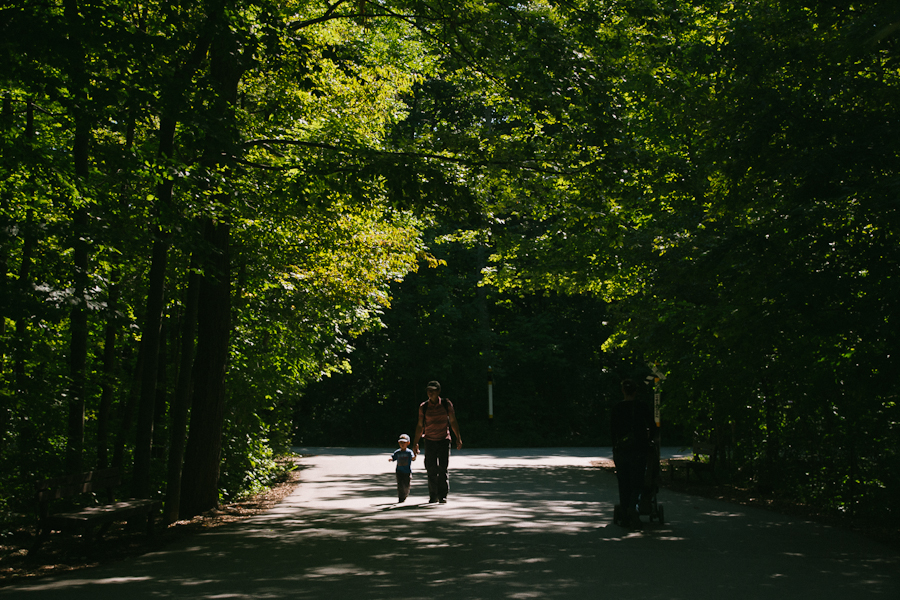
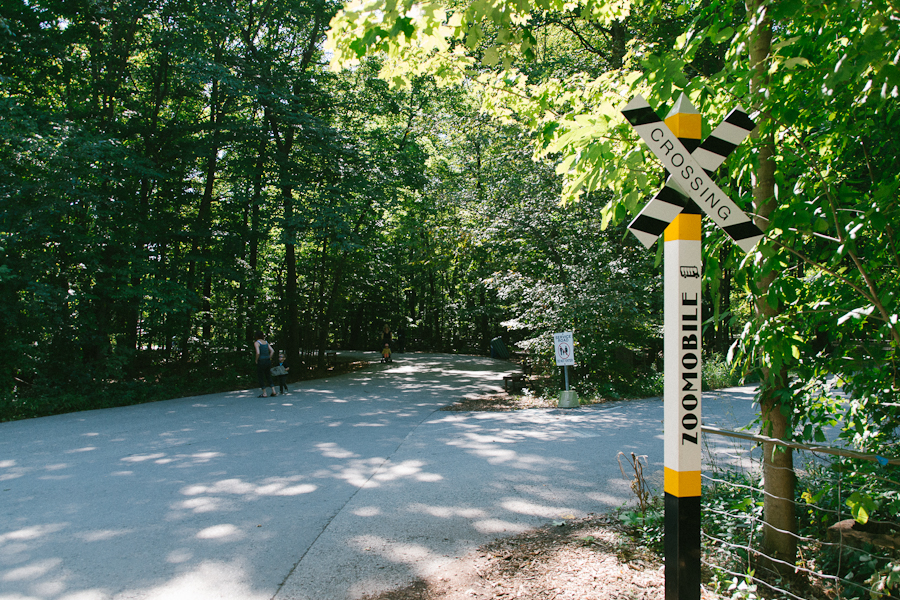

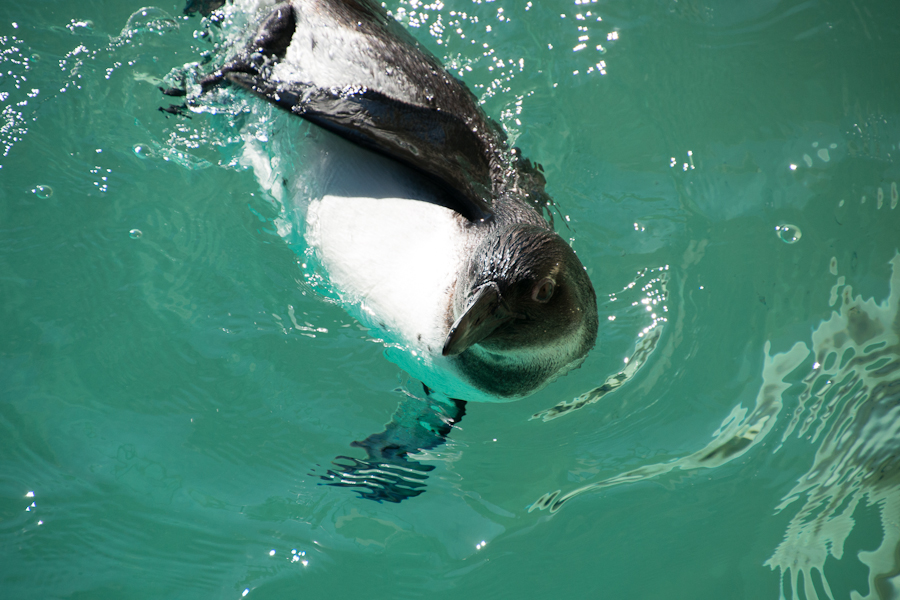
Conclusion
I’ve have to say, if you’re a photographer that needs to shed a few pounds on the next excursion and can live without F/2.8 for every shot, the Tamron 18-270mm is definitely a winner. If that shallow depth of field is a must, consider having an 18-270mm with a fast prime (50mm F/1.8 or similar) for those low-light situations. Combining these two will mean the difference between a backpack with the kitchen sink, and a compact, lightweight messenger bag.
The Tamron did have those few little nitpicks (AF override, MF throw, vignetting on FX throughout) but as a compact walk-around lens, with vibration compensation from wide to telephoto, I have no hesitations taking this gem out on my next backpacking trip.
Enjoy that day at the zoo and don’t burden yourself with an arsenal of lenses, you’ve got enough to worry about with the little ones and the maze of strollers!



